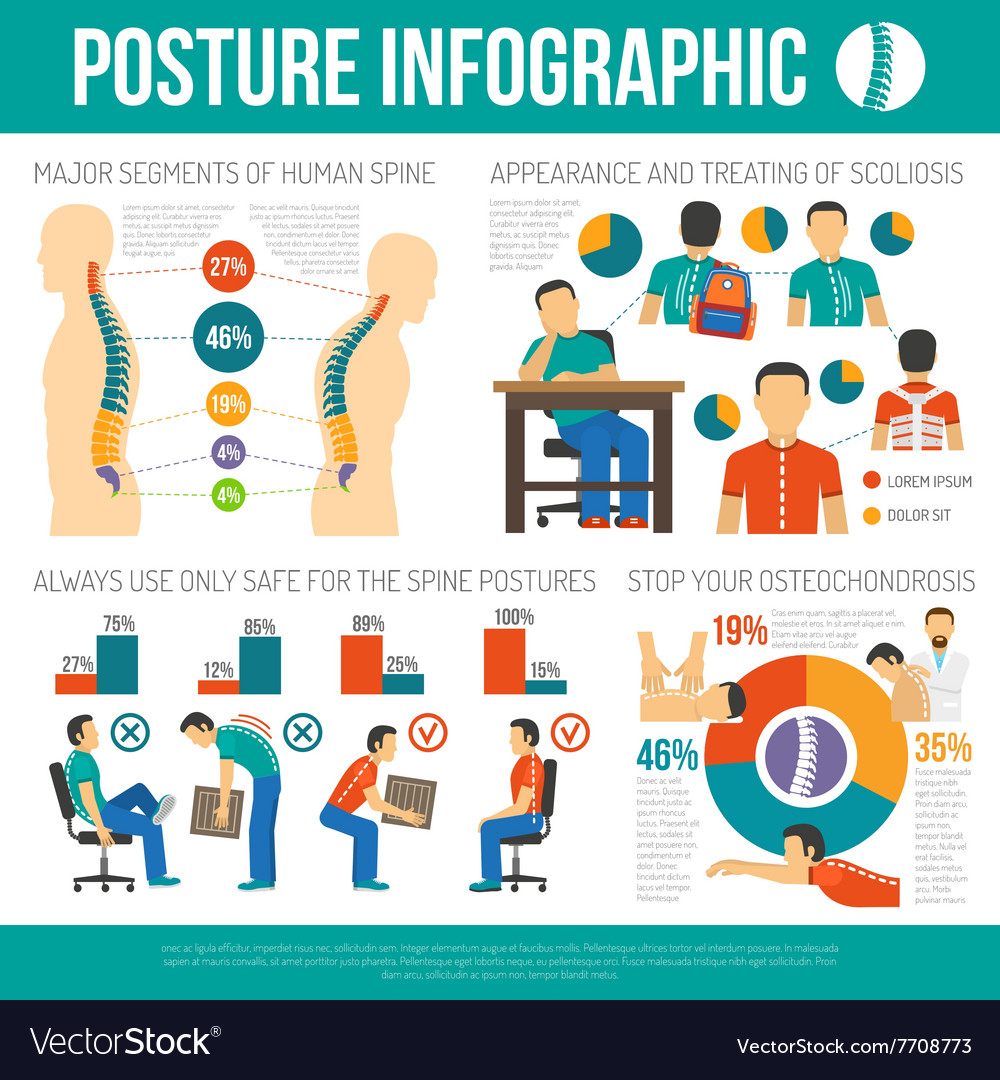Just When You Assume Alleviation Is Near, Soft Tissue Treatment Discloses Its Uncomfortable Realities-- Uncover Why The Process Can Be Uncomfortable Yet Valuable
Just When You Assume Alleviation Is Near, Soft Tissue Treatment Discloses Its Uncomfortable Realities-- Uncover Why The Process Can Be Uncomfortable Yet Valuable
Blog Article
Content By-Cleveland Rytter
When you undergo soft Tissue therapy, you might locate it surprisingly unpleasant. This discomfort emerges as stress is related to stressful muscles and broken cells, causing your pain receptors. While it can feel upsetting in the moment, there's a reason behind this experience. Understanding what occurs in your body during these therapies can help you value the process. So, what exactly is going on below the surface area?
The Physiology of Pain During Soft Tissue Treatment
When you undergo soft Tissue treatment, your body's response to discomfort is an intricate interplay of physiological procedures. As the specialist applies pressure, your body triggers discomfort receptors, sending out signals to your mind. This triggers the release of natural chemicals, such as substance P and glutamate, which enhance the feeling of discomfort.
Your muscle mass may additionally tighten in response, additional complicating the experience. On top of that, your body might release endorphins, all-natural painkillers that can assist reduce some pain.
The communication between these procedures can develop an one-of-a-kind experience for each and every person. Recognizing this physical feedback assists you navigate the feelings throughout treatment, allowing you to value the equilibrium between pain and the potential for healing benefits.
The Role of Pain in the Recovery Refine
Although discomfort throughout soft Tissue therapy can feel frustrating, it plays a crucial role in the healing process. When you experience discomfort, your body is signifying that it's functioning to repair broken tissues. This response helps increase blood circulation to the afflicted location, delivering essential nutrients and oxygen needed for recovery.
Additionally, cadaveric training can promote the launch of endorphins, your body's natural medicines, developing a feeling of relief post-treatment. Embracing this pain can aid you comprehend your body's restrictions and urge you to resolve underlying problems.
While turmeric liquid supplement , this process is important for long-term healing and improved feature. Recognizing discomfort as an important part of healing can empower you to remain devoted to your therapy.
Tips for Handling Pain During and After Treatment
Handling pain throughout and after soft Tissue therapy can significantly boost your total experience and recovery.
To start, interact openly with your specialist about your discomfort levels; they can readjust techniques as necessary. Using https://kjzz.com/news/local/kaysville-chiropractor-accused-of-sexually-assaulting-women-during-massages can also help you kick back and relieve pain.
Think about applying ice to the cured area post-session to lower swelling and numb soreness. Staying hydrated aids in the healing process, so consume alcohol a lot of water.
Mild stretching and light activity after therapy can advertise blood circulation and simplicity tightness. Last but not least, ensure you obtain sufficient rest to permit your body to heal.
Executing these pointers can make your soft Tissue therapy much more manageable and satisfying.
Final thought
Finally, while soft Tissue treatment can be unpleasant, it's crucial to identify that this discomfort plays an important function in your healing journey. By understanding the physiological actions at play, you can come close to the treatment with a more favorable state of mind. Bear in mind, the initial pain usually gives way to alleviation as your body releases endorphins. Welcome the process, and do not hesitate to use the suggestions for taking care of discomfort to boost your experience and recuperation.
